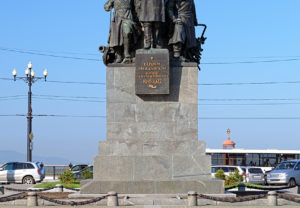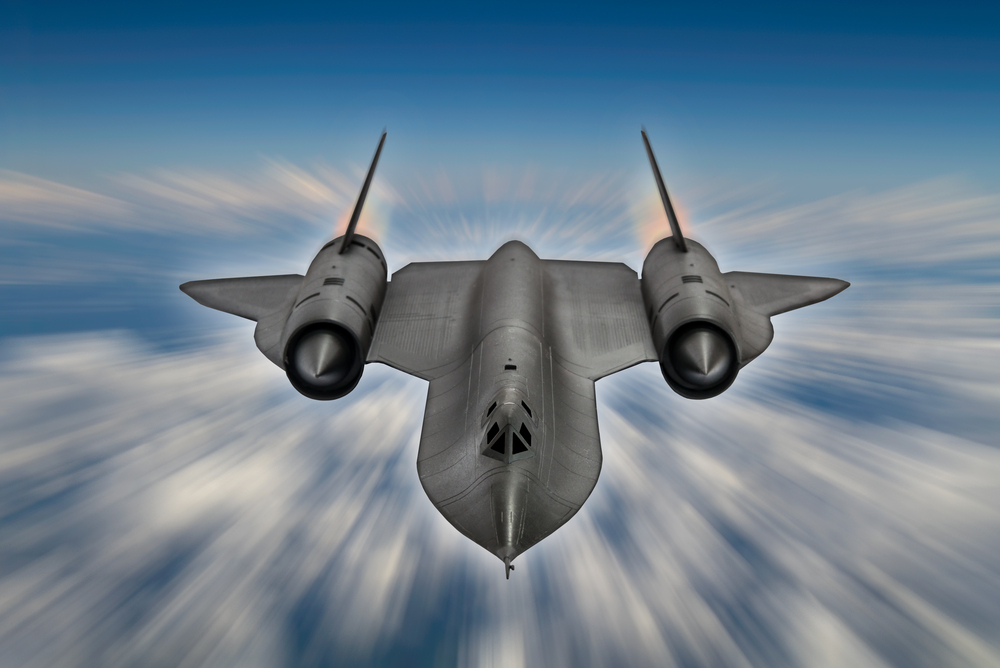Boom.
As in a “sonic” one. A sonic boom.
With aircraft, this phenomenon is caused by bow and stern waves — traveling at the speed of sound — getting forced together (or compressed) because they can’t get out of the way of the faster moving plane. In “smooth flight” the united wave — now a shock wave — starts at the nose of the aircraft and ends at the tail. As the plane passes through, the wave attains a pressure imbalance (called an “N” wave due to its shape) and that’s when the boom happens.
In reality, there are two booms that happen. One when that reaches the observer (heard in the following clip) and one when the pressure returns to normal.
More from from Wikipedia:
A sonic boom is the sound associated with the shock waves created by an object traveling through the air faster than the speed of sound. Sonic booms generate enormous amounts of sound energy, sounding much like an explosion. The crack of a supersonic bullet passing overhead is an example of a sonic boom in miniature.




































